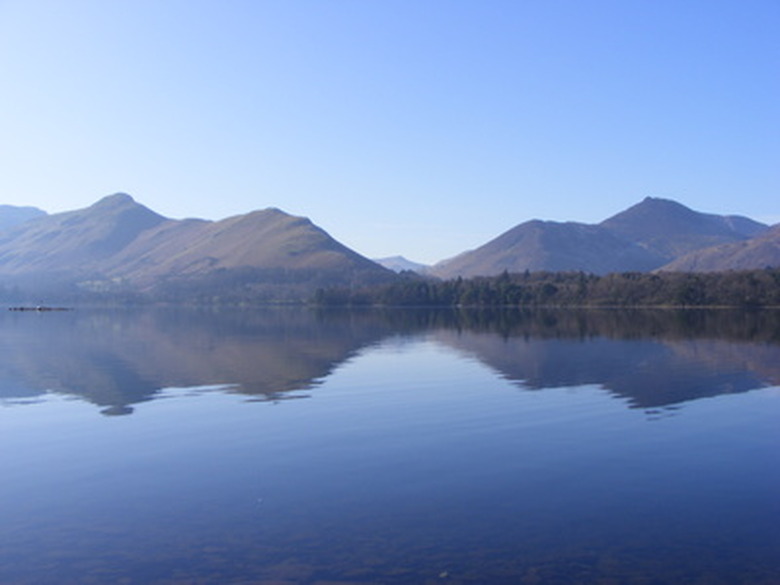What Are The Solutions To Water Pollution?
Water covers 70 percent of Earth's surface and is a vital resource for people, organisms and the environment. Water pollution occurs when there is any physical, chemical or biological change to the quality of water bodies—rivers, lakes, oceans and ground water—that has harmful effects on any living thing that uses or lives in it. Causes of water pollution include untreated sewage and waste from domestic households, industrial and agricultural activities, oil spills and euthrophication.
Treatment of Waste
Treatment of Waste
One way to minimize and prevent water contamination involves properly treating industrial sewage and wastewater before releasing it into the environment. In water treatment plants, sewage goes through a number of chambers and chemical processes to reduce its toxicity. Improving and maintaining sewage treatment systems prevents leakage of waste into water systems.
Ozone
Ozone
In ozone waster water treatment, an ozone generator breaks down pollutants in a water source. The generators use ultraviolet radiation or an electric discharge field to convert oxygen into ozone. Because of the reactive nature of ozone, it oxidizes bacteria, mold and organic and other pollutants found in water.
Septic Tanks
Septic Tanks
Septic tanks treat sewage by separating solids from liquids. Septic tanks rely on biological processes to degrade the solids while the liquids flow out into a land drainage system.
Denitrification
Denitrification
Denitrification, an ecological process that converts nitrates into nitrogen gas, prevents leaching of nitrate into the soil to contaminate groundwater. This prevents eutrophication, or overfertilization as a result of fertilizer runoff, which increases the nitrogen content of the water and causes overgrowth of phytoplankton and algae.
Wetlands
Wetlands
Wetlands serve as buffer zones to filter rain runoff and help remove pollutants from water. Limiting deforestation helps the land soak up rain water, preventing runoff of fertilizers and organic pollutants.
Cite This Article
MLA
Ameh, Tiffany. "What Are The Solutions To Water Pollution?" sciencing.com, https://www.sciencing.com/solutions-water-pollution-7202971/. 22 November 2019.
APA
Ameh, Tiffany. (2019, November 22). What Are The Solutions To Water Pollution?. sciencing.com. Retrieved from https://www.sciencing.com/solutions-water-pollution-7202971/
Chicago
Ameh, Tiffany. What Are The Solutions To Water Pollution? last modified March 24, 2022. https://www.sciencing.com/solutions-water-pollution-7202971/
